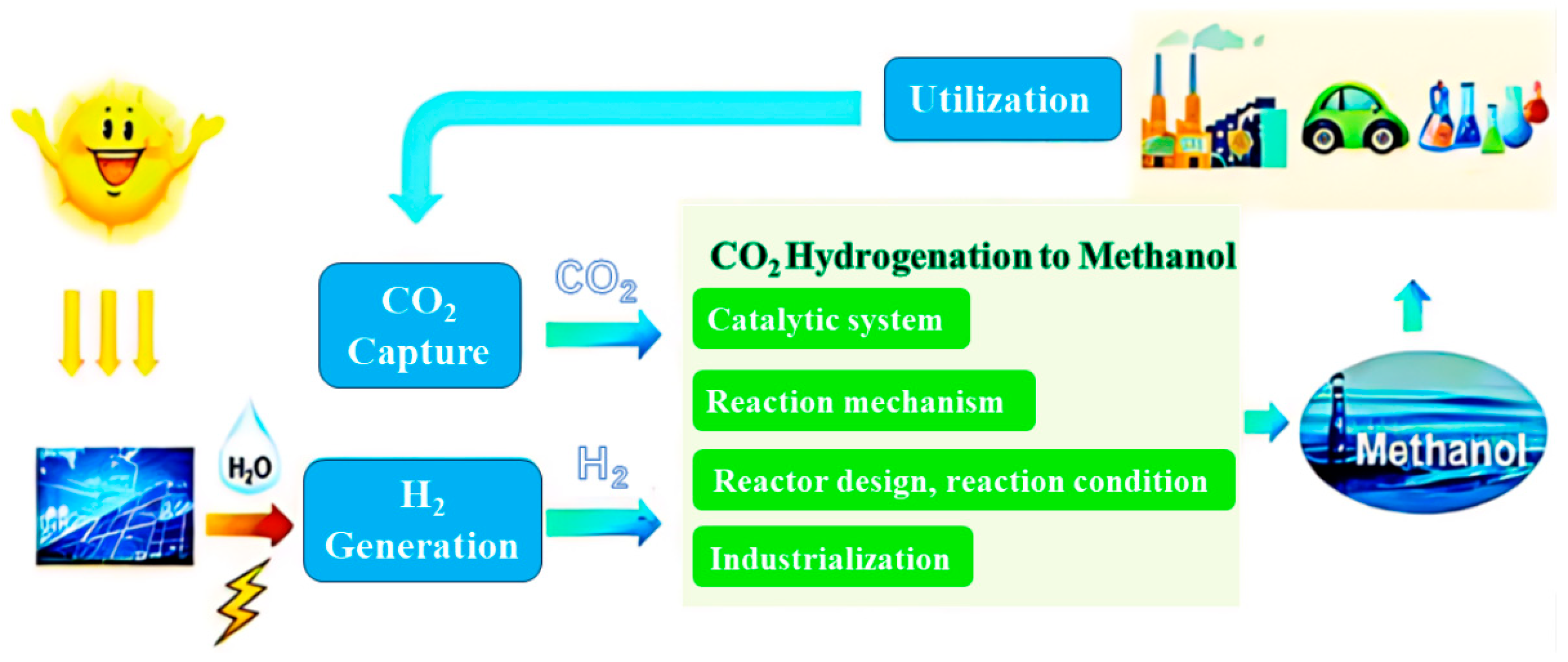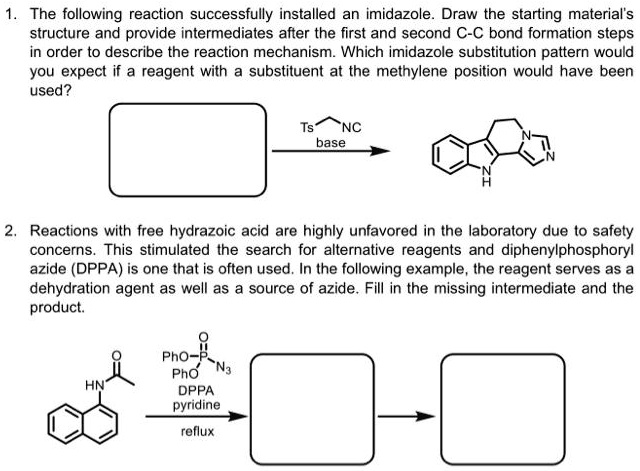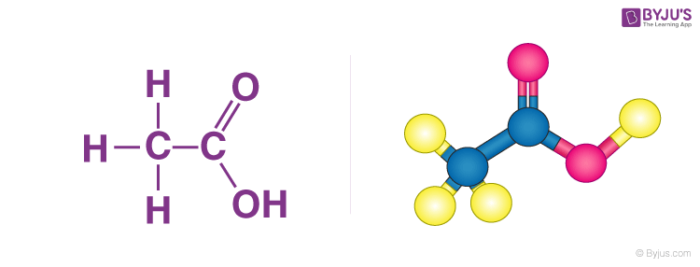Chemistry Draw the structure or structures produced by the catalytic reduction of the given compound, in which H, is in excess. Draw hydrogen at a chirality center and use wedge-and-dash bonds to designate the stereochemistry, if applicable.
SOLVED: 1. The following reaction successfully installed an imidazole. Draw the starting material’s structure and provide intermediates after the first and second C-C bond formation steps in order to describe the reaction
Science Chemistry Chemistry questions and answers Draw the structure or structures produced by the catalytic reduction of the given compound, in which H2 is in excess.

Source Image: mdpi.com
Download Image
Draw one of the structure produced by the catalytic reduction of the following compounds. (Heq_2 /eq is in excess.) Use wedge-and-dash bonds to indicate stereochemistry, include all hydrogen atoms on chirality (stereo) centers.

Source Image: numerade.com
Download Image
Facile Preparation and Enhanced Catalytic Properties of Self-Assembled Pd Nanoparticle-Loaded Nanocomposite Films Synthesized via the Electrospun Approach | ACS Omega Draw the structure or structures produced by the catalytic reduction of the given compound, in which H, is in excess. Draw hydrogen at a chirality center and use wedge-and-dash bonds to designate the stereochemistry, if applicable.

Source Image: science.org
Download Image
Draw The Structure Or Structures Produced By The Catalytic Reduction
Draw the structure or structures produced by the catalytic reduction of the given compound, in which H, is in excess. Draw hydrogen at a chirality center and use wedge-and-dash bonds to designate the stereochemistry, if applicable. Draw the structures of the organoboranes formed when borane reacts with the following alkenes, including the regiochemistry and stereochemistry as appropriate. Propose a mechanism for each reaction. (a) (b) (c) Problem 8-28 meta -Chlorobenzoic acid is not the only peroxyacid capable of epoxide formation.
Structures of a mobile intron retroelement poised to attack its structured DNA target | Science
Oct 27, 2022Figure 12.7.6 12.7. 6: There are four steps in the catalysis of the reaction C2H4 +H2 C2H6 C 2 H 4 + H 2 C 2 H 6 by nickel. (a) Hydrogen is adsorbed on the surface, breaking the H-H bonds and forming Ni-H bonds. (b) Ethylene is adsorbed on the surface, breaking the π-bond and forming Ni-C bonds. Draw the structure(s) produced by the catalytic of | Chegg.com

Source Image: chegg.com
Download Image
Alkenes – Alkene Structure and Reactivity (A-Level Chemistry) – Study Mind Oct 27, 2022Figure 12.7.6 12.7. 6: There are four steps in the catalysis of the reaction C2H4 +H2 C2H6 C 2 H 4 + H 2 C 2 H 6 by nickel. (a) Hydrogen is adsorbed on the surface, breaking the H-H bonds and forming Ni-H bonds. (b) Ethylene is adsorbed on the surface, breaking the π-bond and forming Ni-C bonds.

Source Image: studymind.co.uk
Download Image
SOLVED: 1. The following reaction successfully installed an imidazole. Draw the starting material’s structure and provide intermediates after the first and second C-C bond formation steps in order to describe the reaction Chemistry Draw the structure or structures produced by the catalytic reduction of the given compound, in which H, is in excess. Draw hydrogen at a chirality center and use wedge-and-dash bonds to designate the stereochemistry, if applicable.

Source Image: numerade.com
Download Image
Facile Preparation and Enhanced Catalytic Properties of Self-Assembled Pd Nanoparticle-Loaded Nanocomposite Films Synthesized via the Electrospun Approach | ACS Omega Draw one of the structure produced by the catalytic reduction of the following compounds. (Heq_2 /eq is in excess.) Use wedge-and-dash bonds to indicate stereochemistry, include all hydrogen atoms on chirality (stereo) centers.

Source Image: pubs.acs.org
Download Image
Ancestral Sequence Reconstruction Identifies Structural Changes Underlying the Evolution of Ideonella sakaiensis PETase and Variants with Improved Stability and Activity | Biochemistry Introduction. Addition of hydrogen to a carbon-carbon double bond to form an alkane is a reduction reaction that is also called catalytic hydrogenation. Hydrogenation of a double bond is a thermodynamically favorable reaction because it forms a more stable (lower energy) product. In other words, the energy of the product is lower than the

Source Image: pubs.acs.org
Download Image
MakeTheBrainHappy: The Lewis Dot Structure for CO2 Draw the structure or structures produced by the catalytic reduction of the given compound, in which H, is in excess. Draw hydrogen at a chirality center and use wedge-and-dash bonds to designate the stereochemistry, if applicable.

Source Image: makethebrainhappy.com
Download Image
Ethanoic Acid – Properties, Structure, Uses, Reactions and FAQs of Ethanoic Acid. Draw the structures of the organoboranes formed when borane reacts with the following alkenes, including the regiochemistry and stereochemistry as appropriate. Propose a mechanism for each reaction. (a) (b) (c) Problem 8-28 meta -Chlorobenzoic acid is not the only peroxyacid capable of epoxide formation.

Source Image: byjus.com
Download Image
Alkenes – Alkene Structure and Reactivity (A-Level Chemistry) – Study Mind
Ethanoic Acid – Properties, Structure, Uses, Reactions and FAQs of Ethanoic Acid. Science Chemistry Chemistry questions and answers Draw the structure or structures produced by the catalytic reduction of the given compound, in which H2 is in excess.
Facile Preparation and Enhanced Catalytic Properties of Self-Assembled Pd Nanoparticle-Loaded Nanocomposite Films Synthesized via the Electrospun Approach | ACS Omega MakeTheBrainHappy: The Lewis Dot Structure for CO2 Introduction. Addition of hydrogen to a carbon-carbon double bond to form an alkane is a reduction reaction that is also called catalytic hydrogenation. Hydrogenation of a double bond is a thermodynamically favorable reaction because it forms a more stable (lower energy) product. In other words, the energy of the product is lower than the